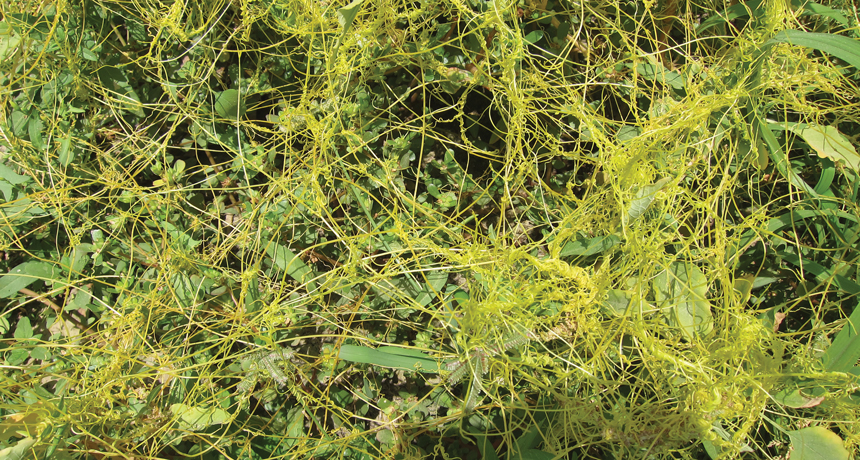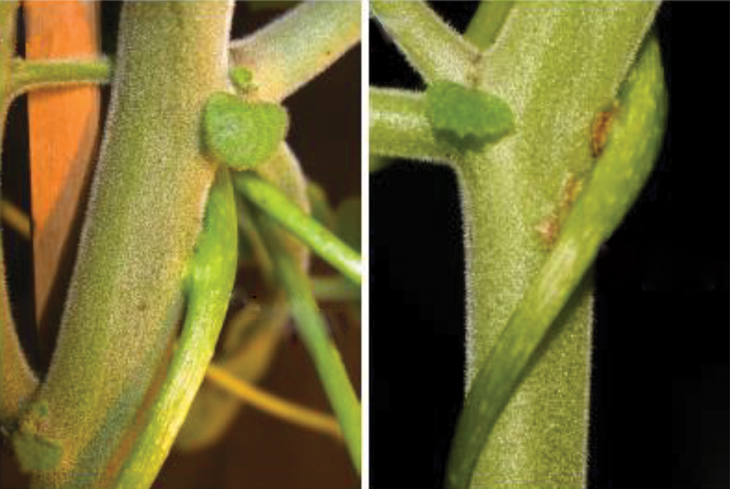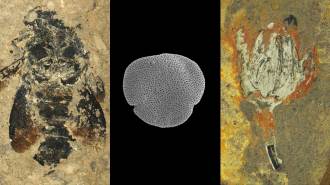How a tomato plant foils a dreaded vampire vine
Dodder sucks the life out of many crops, but one has a gene for fighting back

VICIOUS VINE One of the dodder vines, Cuscuta reflexa, twines over neighboring plants and sucks the life out of them — unless they have a wooden-stake gene.
Shijan Kaakkara/Wikimedia Commons







